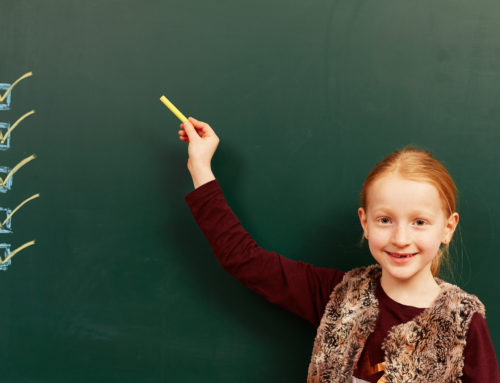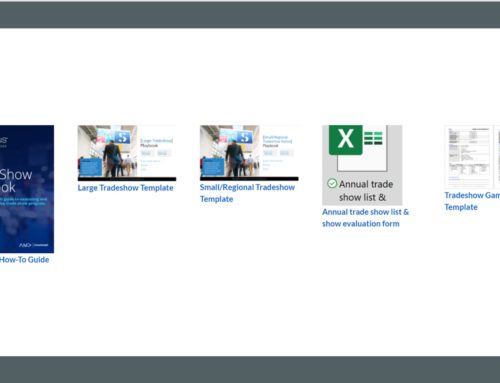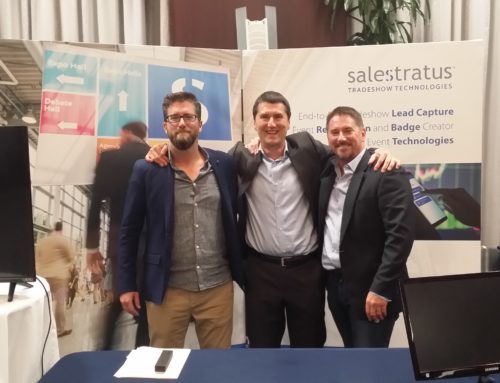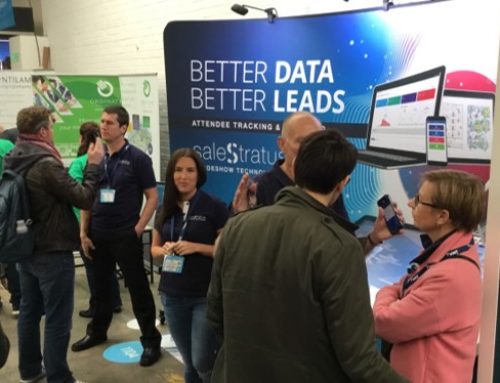Tradeshow Metrics: Measuring Marketing and Sales Effectiveness
One hot Sunday afternoon in Nashville TN, Dawn, tradeshow & events manager at a large Medtech organization stood on the edge of her packed 30 x 40 island booth watching entire groups of customers wander on, stand there, and then wander off without any engagement from the booth staff. She thought about tradeshow metrics, unsure about how to accomplish valuable attendee tracking. Sound familiar?
Upon review of the available data, Dawn found that only 48 leads were taken during that opening session. But she had personally observed what appeared to be hundreds of engaged prospects at the company’s booth in the highly-targeted tradeshow. She knew she needed to initiate a process for engagement and qualification to enable better tradeshow metrics and trackable tradeshow ROI.
“Wouldn’t it be great to compare the actual number of attendees at the booth versus the leads taken.” Suggested Dawn. Turns out this data is available and it’s easy to access.
Attendee Tracking and the Conversion Rate
Measuring the conversion rate for a tradeshow booth is like measuring conversion rates from a website. On your website, you probably use analytics technology to track unique website visitors, where they went, how long they spent on each page, and whether they responded to the CTAs.
With new sensing technology, tradeshow organizers and exhibitors can look at these exact same metrics on the tradeshow floor: how many prospects passed by the booth, how long they stayed, if they were engaged with the booth and how many were captured as qualified leads during the same time period.
The sensing technology operates using WiFi discovery beacons from smartphones, tablets, and laptops, which become a unique identifier. The encrypted data only allows detection of the device and its manufacturer, not the person. This ensures privacy while still giving us what we need to build a picture of movement around the event or booth space. See our Attendee Tracking page and/or below for more information on how it works.
The data collected provides two highly actionable tradeshow metrics:
Tradeshow Metric: Marketing Effectiveness
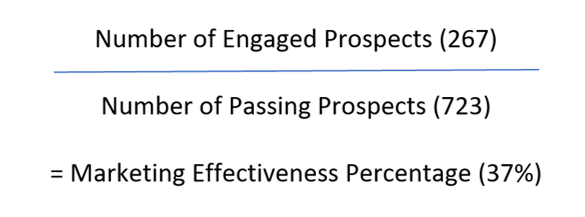
This metric can help gauge the effectiveness of the marketing campaigns: the booth design and layout, the relevance of the products displayed, whether pre-show campaigns were successful, and how welcoming was the booth staff. Divide the number of engaged prospects at the booth by the number of prospects passing in the adjacent corridors:
 Tradeshow Metrics: Sales Effectiveness
Tradeshow Metrics: Sales Effectiveness
This percentage measures the ability of the booth staff to turn engaged prospects at the booth into qualified leads. Divide the number of leads collected at the booth by the number of engaged prospects:
These data are available in any time increments (hourly, daily, etc.). Initial macro-data suggests that 30% or higher conversion rates are a good benchmark, and below 20% is poor performance. Being able to visualize these tradeshow metrics opens a whole new dimension in measuring and managing a tradeshow program.
The Analytics
All these rich tradeshow metrics are available in an online platform, which provides tables with the number of visitors both in the pass-by zone and the engaged zone, as well as heat maps, traffic flow diagrams and such.
Tradeshow effectiveness has typically been a guessing game for Dawn and her team. Armed with these new data she can now determine for each tradeshow:
• Whether the show was the right target and attracted the right people
• Whether the booth was inviting and contained the right products and services
• Which areas of the booth were most popular
• How effective the booth staff was at engaging and converting prospects into leads
This creates a platform for much more specific targeting of shows, product and service targeting, and sales engagement.
The Technology
The key to this new technology is the fact that most people carry smart devices that emit WiFi detector signals. Using the frequency of detection of the WiFi signal in combination with the signal strength, the sensors placed at strategic points on the booth will detect where the unique attendee is situated and how long that individual (or signal) interacts with the booth. These small sensors can be positioned almost anywhere on the booth and can be calibrated to cover a range between 3 ft – 50ft in all directions. We provide the technology (and related service) for purchase or rental for a single show or for multiple shows on an annual contract.
Some organizations are using RFID technology to include this type of service. They do this by placing beacons at strategic points throughout the exhibition hall that pick up the RFID signals from the chips inside the badges.

